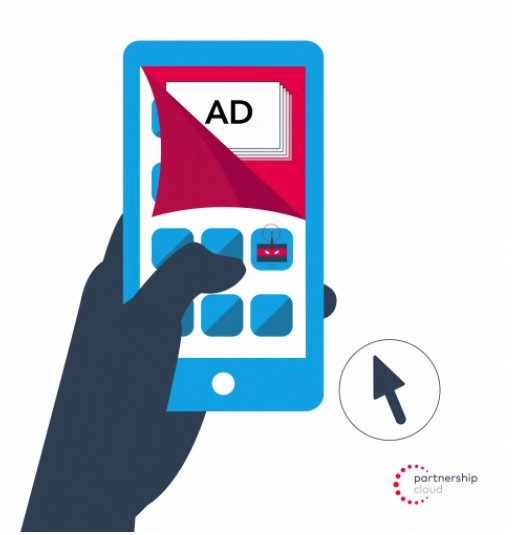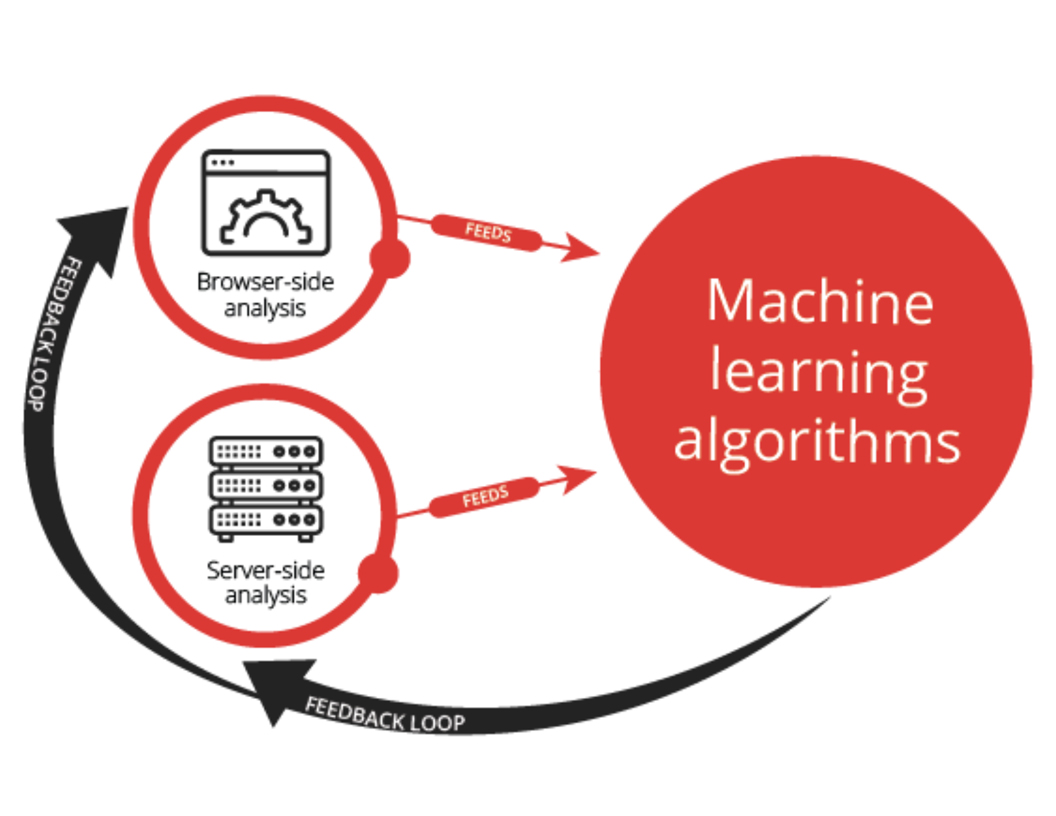Wherever the money goes, fraud will follow—a sad but true phenomena in advertising. As digital spend continues to flow from desktop to mobile web, and from mobile web to mobile apps, we are seeing ad fraud flow that way too. So how do we stop it? Let’s look at the different kinds of app fraud, why apps are vulnerable and how to safeguard them, and, once your spend is secure, how you can use in-app advertising to boost your revenue.
Different Types of App & Mobile Ad Fraud
Generally, the goal of digital ad fraudsters is to steal payments that brands make to web publishers, app owners, affiliates, or intermediaries for influencing their users. The main delineator between the different types of ad fraud is in how the ad was paid for—was it in ad delivery or performance?
In the case of ad delivery, payment occurs in exchange for an ad reaching a specific set of users. Compensation is typically on the basis of impressions (CPM, or cost per thousand impressions). Fraud committed in this environment is called impression fraud.
In the case of performance fraud, payment occurs upon completion of a specific action, such as:
- Clicks (CPC, or cost-per-click)
- App installs (CPI, or cost-per-install)
- Leads (CPA, or cost-per-action)
- Purchases (CPA, or cost-per-action)
How Ads Are Delivered to Apps — and How to Safeguard Them
In order to know where ad delivery to apps is vulnerable, it’s important to look at the overall programmatic ad delivery process, especially at the moments of ad delivery. It is at these moments of ad delivery that safeguards need to be put into place.
The Partnership Cloud safeguards ad delivery to apps from both the demand and the supply side in a variety of ways.
This includes looking at dozens of heuristics– device profiles, ad-serving behaviors, data consistencies, and session fraud analyses, to name a few. But it also includes using data mining, AI, and machine learning to uncover even the most discrete fraud patterns, created by expert bad actors.
Fraud is most effectively caught by layering in numerous anomaly detection techniques: browser and device analysis, behavioral and network analysis, and AI and machine learning. But it doesn’t stop there; the true power of multiple methodologies is the virtuous cycle that can be created by ensuring that each methodology continuously informs the other, so that heuristics and models continue to improve.
How to Boost Revenue From Ads in Apps
Once you have your ad delivery and ad performance to apps secure, the question remains: How do you boost revenue in this channel? There are three primary ways for apps to provide you with revenue:
- Get more users: Build a really great app that lots of people want to download, thereby expanding the user base.
- Deliver more ads per user: Change the user experience, so ads are embedded in higher volume.
- Receive higher price per ad: Collect useful data about users so that app owners can demand a higher premium for their inventory.
Mobile app fraudsters use a variety of techniques to artificially inflate ad revenue.
These are the 3 main metrics fraudsters use to manipulate ad performance:
Number of Users
Rather than getting real people to download their app onto their own devices, some fraudsters have taken the approach of building (or, more often, renting out) armies of fake devices known as device farms. Whether by using actual phones or device emulators, these devices then download real or virtual copies of the owner’s app. The more app copies they have running, of course, the more users is looks like they have, and the more ad impressions they can generate.

If the performance metric is number of apps installs, fraudsters set up ‘Mobile App Install Farms‘ to artificially boost the numbers.
Number of ads they can deliver to a given user
To increase ad impressions from an app’s existing user base, the app can be programmed to request ads at a much higher rate than it would under normal circumstances. This type of fraud is known as mobile device hijacking because apps “hijack” the legitimate devices they are installed on in order to transform them into impression-generating machines.
Other than higher data usage and increased battery consumption, affected users may hardly notice. To avoid detection by the user, the majority of impressions will actually be hidden from view. In fact, using device access permissions (that most users never read before approving), the app can even continue making ad requests in the background when seemingly closed.
Price they can demand per ad
To increase CPMs, fraudsters need to trick advertisers into thinking their app is desirable, or that their app visitors are high-value users. They can do this by providing fake data about real users, real data about fake users, fake data about fake users, or even while providing real data about real users.
For example, an app owner can trick the buyer into thinking the impression is being sent to a more premium app, that the user is at an in-demand location, or leverage mobile bots (on hijacked devices or farmed devices) to simulate activities that create a desirable user profile.
By stopping ad fraud you can get an amazing boost in ad revenue.
The only way to stop fraudsters is not to not only stay one step in front of them, but to race ahead of them. By leveraging a smart combination of dozens of heuristics, advanced machine learning, and human oversight, you can stop impression fraud on mobile apps and ensure maximized human reach.
The Partnership Cloud offers a comprehensive set of tools to help you do that. Find out how the Partnership Cloud’s insights can help you identify where and how fraud in-app is occurring — and how you can stop it. Download the ebook, Staying Ahead of Impression Fraud on Mobile Apps, to find out how to stay ahead of fraud on your mobile apps and keep your revenue up. OR Sign up for a FREE demo to see it in action.




